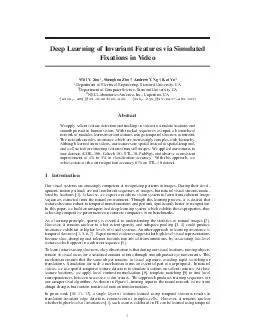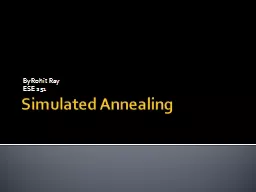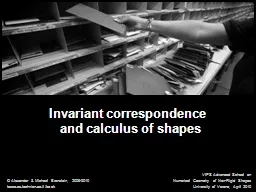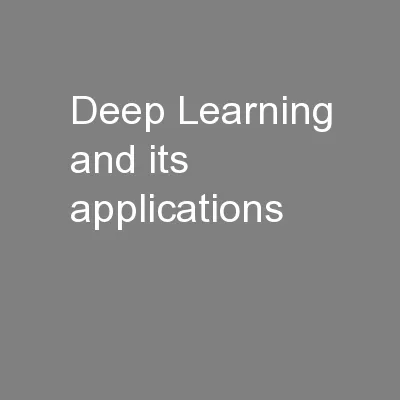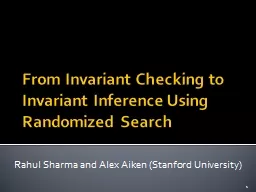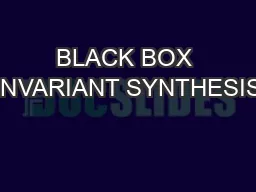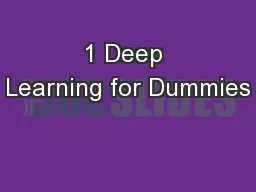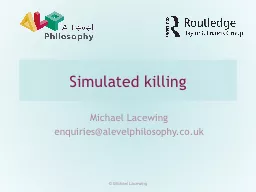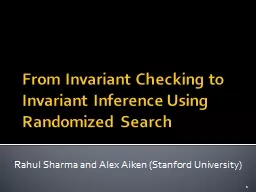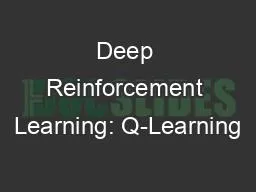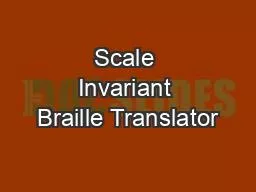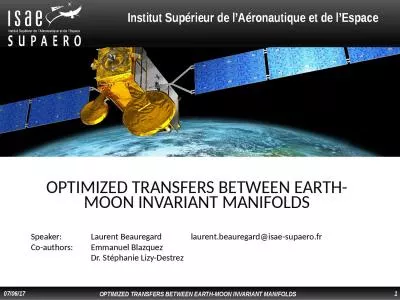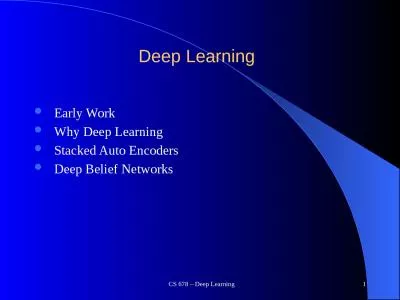PDF-Deep Learning of Invariant Features via Simulated Fixations in Video Will Y
Author : celsa-spraggs | Published Date : 2015-01-19
Zou Shenghuo Zhu Andrew Y Ng Kai Yu Department of Electrical Engineering Stanford Universit y CA Department of Computer Science Stanford University CA NEC Laboratories
Presentation Embed Code
Download Presentation
Download Presentation The PPT/PDF document "Deep Learning of Invariant Features via ..." is the property of its rightful owner. Permission is granted to download and print the materials on this website for personal, non-commercial use only, and to display it on your personal computer provided you do not modify the materials and that you retain all copyright notices contained in the materials. By downloading content from our website, you accept the terms of this agreement.
Deep Learning of Invariant Features via Simulated Fixations in Video Will Y: Transcript
Download Rules Of Document
"Deep Learning of Invariant Features via Simulated Fixations in Video Will Y"The content belongs to its owner. You may download and print it for personal use, without modification, and keep all copyright notices. By downloading, you agree to these terms.
Related Documents

